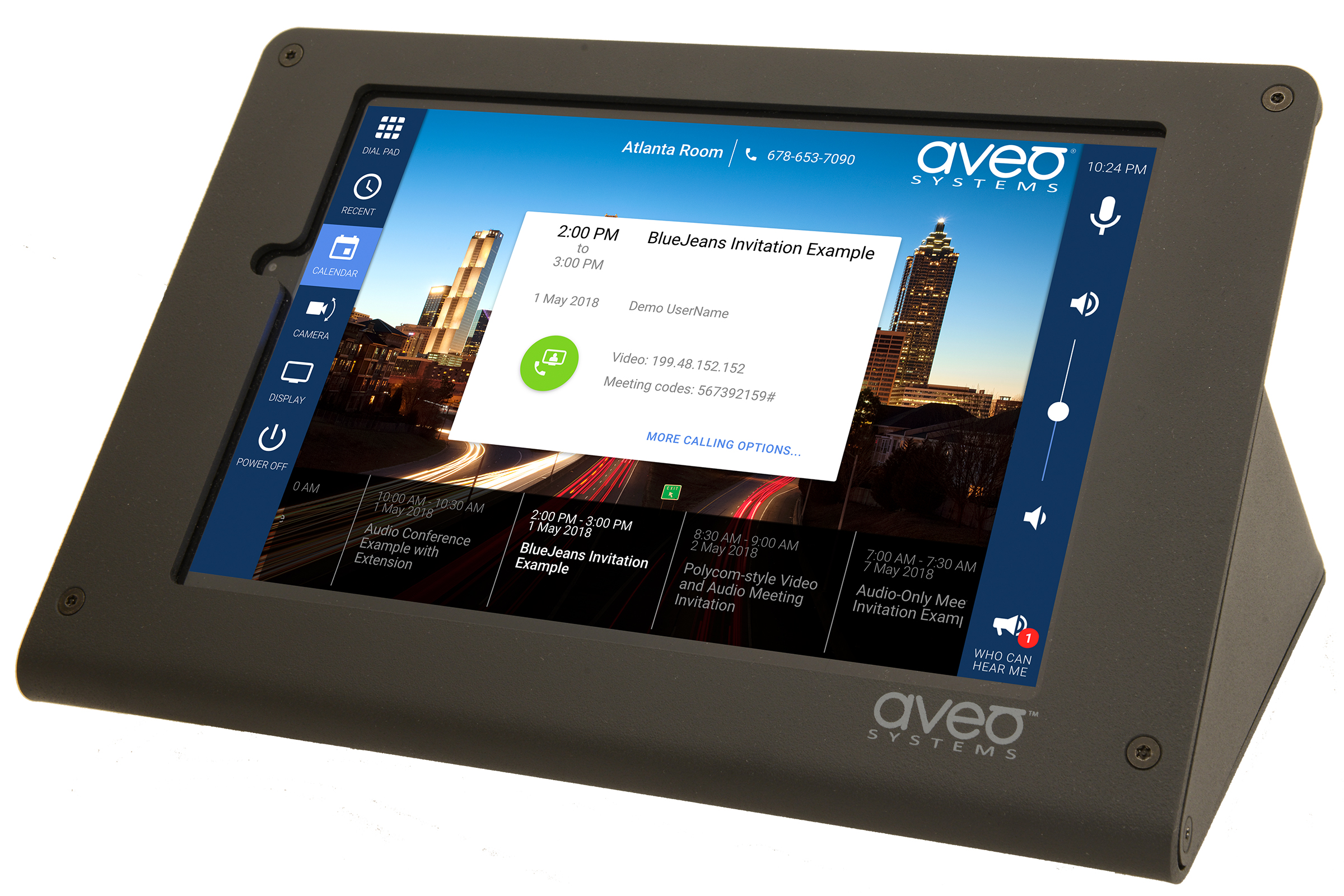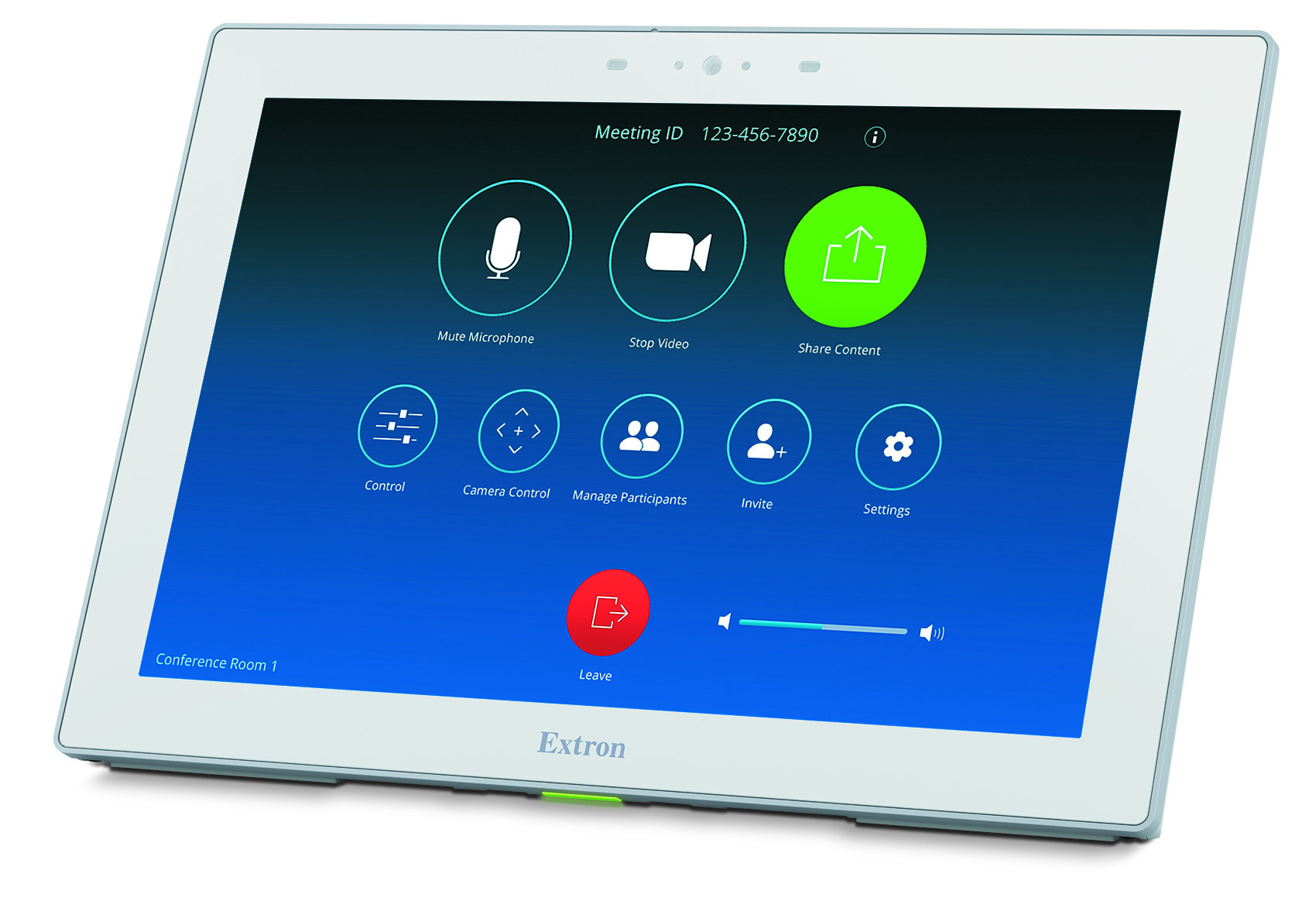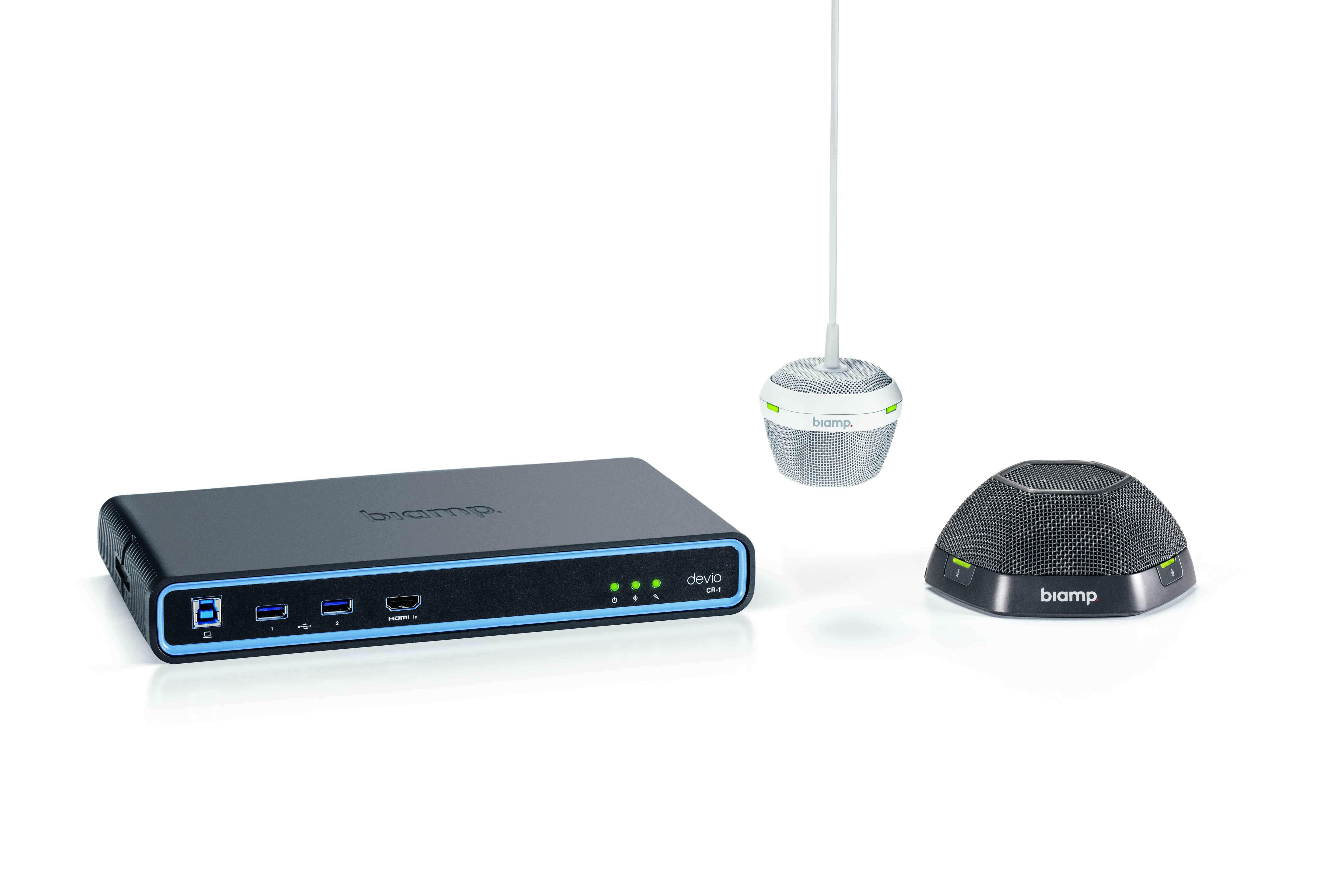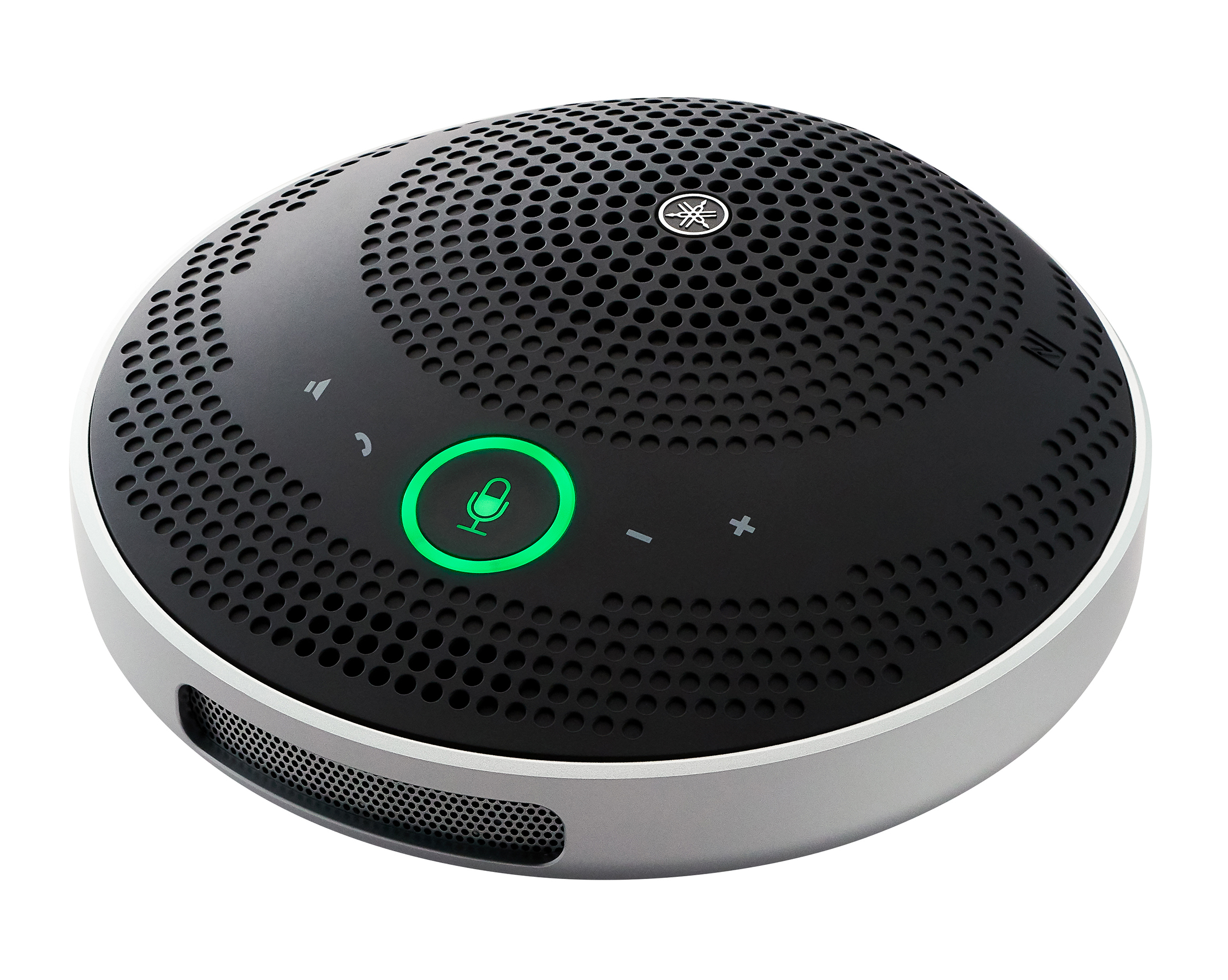Everyone wants cool technology—in the workplace and at home—but how often does that technology just work? As consumer electronics put the user experience above all else, are AV manufacturers doing the same?
The short answer is yes. Unified communications products were a big area of focus at InfoComm 2018, which came a surprise to no one. According to Futuresource Consulting, there are close to 11 million meeting rooms across Western Europe and North America alone, representing a significant opportunity for those technology vendors who are able to develop and maintain a foothold in the marketplace.
“With 11 percent of employees working from home at least three days a week—up three percentage points on the last time we ran this research—the role of the meeting room continues to change," said Anthony Brennan, research analyst, Futuresource Consulting. "More of us are wirelessly sharing content to a web conferencing platform or harnessing interactive technologies to get our point across, and the usage is only going to increase.”
"As the landscape continues to broaden, companies will increasingly demand a multitude of features from their meeting room tech,” Brennan added. “The winners will be the technology providers who can deliver engaging, flexible solutions that work seamlessly and encourage collaborative working without getting in the way or adding extra layers of complexity."
Meghan Kennelly, marketing communications manager, Yamaha Unified Communications, agrees. “Today’s technology experience is about simplicity and integrating systems that work how end users already work, and using those skill sets to their advantage so they don’t have to learn a whole new system.”
And the benefit for installers? When they can utilize systems optimized with an intuitively designed plug-and-play capability, they don’t have to worry about training. “In turn, this cuts down on frustrating delays that can create a negative communication experience and calls to IT or AV technicians, while boosting productivity and more participant engagement,” Kennelly concluded.
Making It Easy
Manufacturers like Biamp are focused on the end user experience and making their lives as easy as possible. “End users need to focus on the content and purpose of their meeting, not on the room technology,” said John Urban, the company’s product marketing manager. “In UC spaces, people want to enter a room and start the meeting immediately— without jumping through technology hoops.”
With today’s do-more-with-less mantra proliferating in the workplace, nobody has time to waste, especially when it’s time spent struggling to start conferencing technology. That’s why Sony’s Vision Exchange is designed with the end user in mind. “The beauty of Vision Exchange is its simplicity and intuitive nature,” said Mike Tada, Sony’s product marketing manager. “Once it’s installed, Vision Exchange is easy to learn to use and meeting attendees can begin collaborating immediately. Being based on an interoperable infrastructure, installers can use end-to-end Sony solutions to ensure the best experience—and one that will be up and running in no time.”
Extron has a similar philosophy when it comes to designing UC products: “Extron realizes that, regardless of the processes required when choosing and installing our solutions, end-user satisfaction ultimately defines the project,” said Joe da Silva, director of product marketing, Extron Electronics.
He added that the company studies the way people interact with its technology and then uses that information to develop specific process and training programs that installers can use for their own benefit. Da Silva points to the company’s recent partnership with Zoom Video Communications as an example. “Customers already familiar with Zoom Rooms now have a one-touch user experience that includes all the familiar features plus the convenience of AV device control. The customer’s experience simply becomes better without any need for them to relearn anything or be trained with a new technology.”
Aveo Systems’ Mira Connect UC product is also playing nice in the proverbial UC sandbox. The collaboration control appliance supports hundreds of collaboration products and software from more than 20 manufacturers. Integrators can connect and configure all the features via Mira Portal, which automatically builds an intuitive user interface—with no programming required for system setup. Plus, Mira Connect recently added support for Microsoft Office 365 Calendars.
“With the addition of this capability to our already user-friendly control platform, collaboration becomes easier than ever,” said Craig Richardson, CEO, Aveo Systems. “More than 100 million people now use Office 365, and they can all benefit from the simplicity that Mira Connect brings to collaboration.”
The Sky’s the Limit
With so many unique products and so much demand, the sky’s the limit for integrators working on collaboration spaces.
“This rising demand for collaboration technologies is making itself heard across all territories,” concluded Brennan. “On average, we’re seeing around 20 percent of total meeting room AV spend allocated to collaboration, although there are marked geographic differences and the size of the meeting room also has an impact on share of spend."





